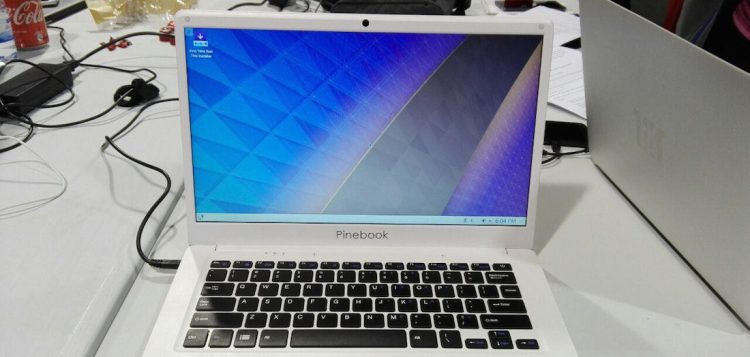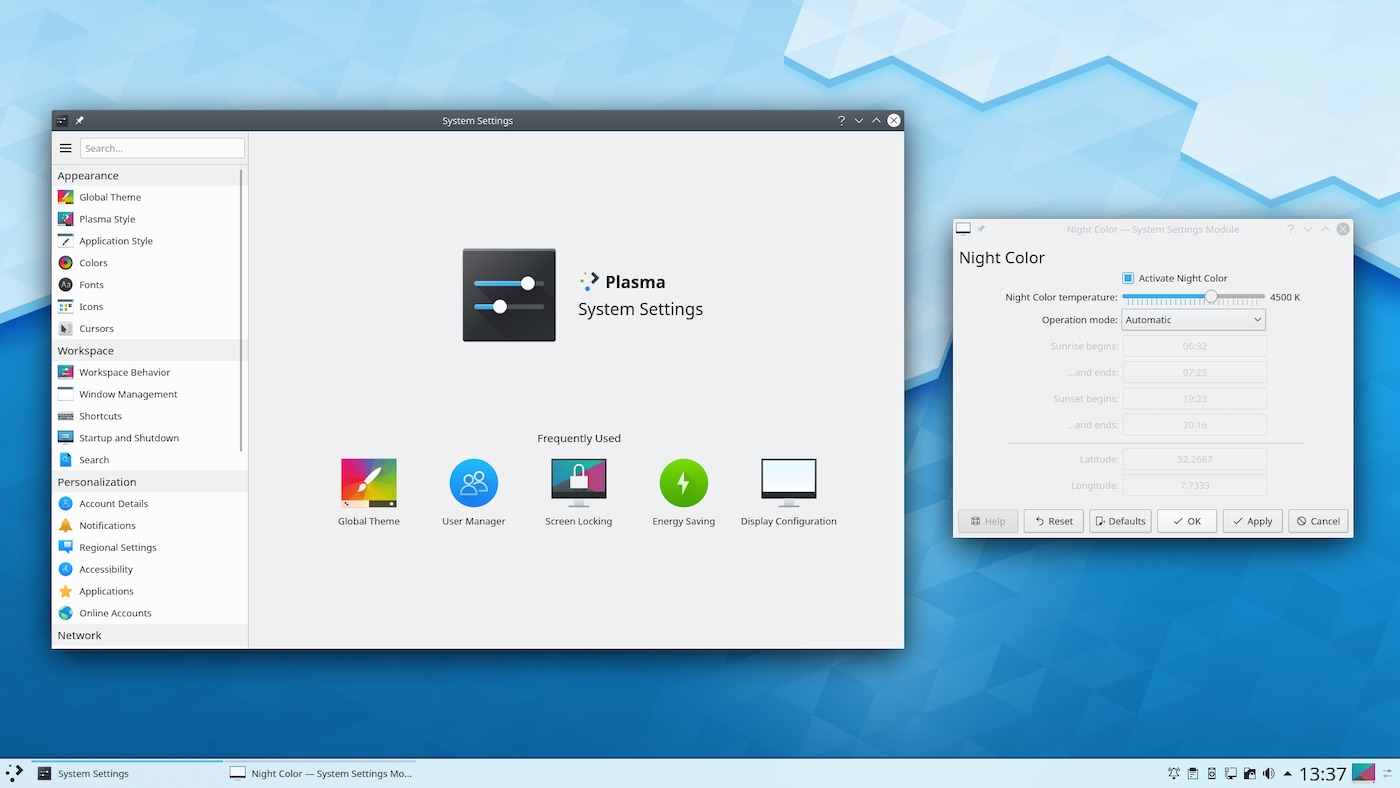You don’t need to get lost to know that direction is important, especially in continent-spanning open source collaborative software efforts like KDE.
Three challenging goals have been selected, including better Wayland support and consistency between KDE apps
Announced this week, the KDE community has come together to map outs its development plans for the next few years.
The direction is neatly distilled on the KDE Goals mini-site, which provides a top-level overview on the areas of focus that those working on this free software project (and associated projects within its orbit) will keep in mind.
The three highlighted goals are:
- Wayland
- Applications
- Consistency
These are mostly self explanatory:
Wayland support, KDE say, “…will prioritize tracking down and fixing the issues that keep our software from achieving feature parity with the venerable X Window system. Our focus will be our own community software–KWin, Plasma and Apps–but will also be about helping the wider free software community to advance the Wayland feature set.”
KDE accepts that there will be “major breakages” along the way, and “missing features” that need implementing for scratch.
Or to put it another way: they don’t expect this to be easy!
GNOME Shell on Wayland is (to my eyes, anyhow) daily usable. KDE Plasma less so. More choice is important, so here’s hoping that some appreciable gains in Plasma for Wayland are made.

The second interesting, albeit less distinct, goal is to improve the ‘consistency’ within the KDE app ecosystem.
A perfect area for the KDE Visual Design Group to help consolidate and streamline fundamental UI and UX issues, .e.g, standardising how tabs look and behave in apps, where hamburger menus sit, and the padding in sidebars.
There’s also some thought at “…ending the fragmentation of apps with overlapping features (like having several multimedia players), and laying down criteria for hosting application websites.”

Which leads us nicely on to applications.
We all use, love and rely on apps to get stuff done (even the most tenacious of terminal users need ’em). And the KDE community is home to a slew of super software (around 200, including Kdenlive, Krita and Okular).
And that number does not include the sea of plugins, add-ons and Plasmoids (aka handy desktop and taskbar widgets) that are also available.
But how do you improve KDE apps?
Well, the recently launched KDE Appications web page is a great first step at improving the promotion of KDE apps within/to the wider KDE community.
But we can also expect to see other efforts get underway, such as packaging improvements, development aids and guidelines, documentation updates, and more comprehensive meta-data to help boost app discovery.
Although “three goals” may not sound like a lot, there’s ample scope for improvement and innovation beyond simple “bug fixing” — and I can’t wait to see the results.

